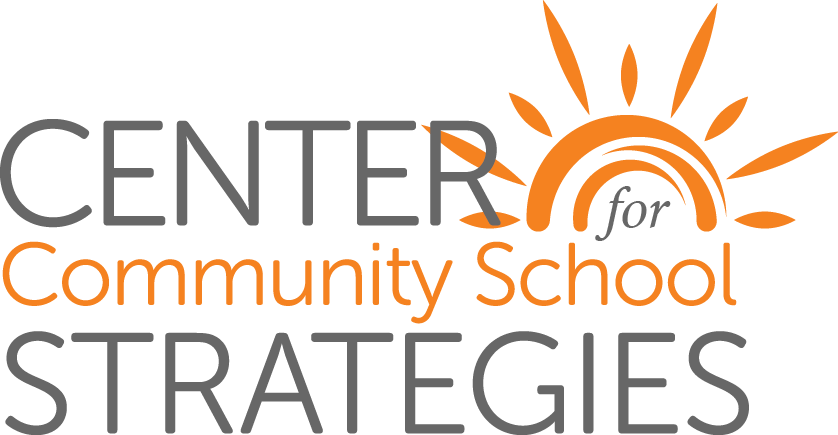Whole Child Supports
Educating the whole child addresses every student’s comprehensive needs through the shared responsibility of the student, family, school, and community. It ensures each student at each school in each community is healthy, safe, engaged, supported and challenged.
The Coalition for Community Schools educates school communities on the need to serve the whole child, as described by Marty Blank and Amy Berg for the Commission on the Whole Child:
“…research has come to one conclusion: children develop along multiple, interconnected domains and when one developmental domain is ignored, other domains may suffer. We know that the development of all these interconnected domains is fostered in active, safe environments – at home, in school and in the community – that provide varied and rich social experiences, offer educational opportunities that build on children’s learning styles (verbal, visual, kinesthetic), and support the basic needs of children and their families, including health, nutrition and economic and social well-being.”
The National Center for Community Schools at the Children’s Aid Society defines their Whole Child Perspective as the following:
“The recognition that school success results from positive development in all the major domains: cognitive, physical, social, emotional, and moral. Social Emotional learning is understood to contribute to and supports academic achievement. The Community Schools approach recognizes the importance of the family, school and community as context for student development.”
Click here for more information on the Whole Child Approach from the National Center for Community Schools.

